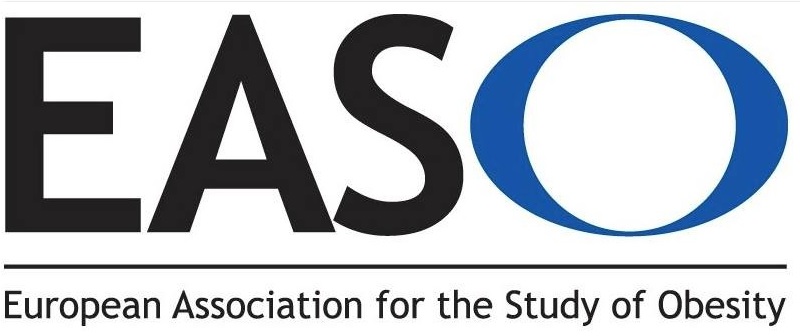
Study finds that teenagers see advertising for 18 products every hour, the most common being chocolate, candy and junk food
The majority of food and drink content posted by German influencers on TikTok, Instagram and YouTube is so unhealthy that it does not meet the World Health Organization’s (WHO) advertising standards for children, according to new research presented by the Dr. Maria Wakolbinger and Dr. Eva Winzer of the University of Medicine. from Vienna at this year’s European Congress on Obesity (ECO) in Maastricht, Netherlands.
Austrian researchers analyzed foods, snacks and drinks that appeared in posts and videos from six of the most popular German-speaking influencers with teens ages 13 to 17, with a combined total of more than 35 million followers or subscribers.
They found that 75% of the foods and drinks presented were high in salt, fat or sugar and would not be allowed to be marketed to children; and most were not clearly marked as advertisements.
Chocolate and candy were the most prominent products influencers posted about, underscoring the urgent need for policies and effective regulation of influencer marketing to children, researchers say.
“How can we expect our children to eat healthily when social media content is biased to promote foods high in fat, salt and sugar?” says Dr. Wakolbinger. “Influencers have great power over what young people feel is relevant and attractive. Our findings suggest that most of the time, influencers don’t realize when their posts are ads; It is imperative that governments take note.”
Childhood obesity is on the rise, with nearly one in five children or adolescents worldwide currently overweight or obese. In Germany, more than 15% of children between 3 and 17 years old are overweight or obese. The marketing of unhealthy products is recognized as a major contributor to unhealthy weight gain in childhood, affecting children’s food preferences and eating behaviors.
Therefore, restricting children’s exposure to such marketing is an important global priority to prevent obesity. However, little is known about the frequency and content of food and drink visual presentations presented by influencers in German-speaking countries.
To provide further evidence, the researchers analyzed food and drink social media posts on TikTok, YouTube and Instagram by six German-speaking influencers (three women, three men). The influencers were chosen based on having more than 100,000 subscribers or followers on the three platforms, their popularity among young people aged 13 to 17, and content in German.
The researchers analyzed the last 20 videos or posts uploaded by each influencer before May 1, 2021. Several elements appeared in some posts. Each food or drink was coded as ’allowed’ or ’not allowed’ for marketing to children using the WHO Regional Office for Europe Nutrient Profile Model, a system that classifies products according to their healthiness based on of your levels of sugar, salt and fat, fiber. The researchers also assessed whether advertising content was disclosed correctly.
Of the 364 videos/posts (almost 13 hours of footage), a quarter featured food or drinks (409 products), including half of the videos on YouTube, almost a fifth (17%) on TikTok, and 7% on Instagram, equivalent to an average of 18 products per hour.
According to the WHO Nutrient Profile Model , 75% of the foods and drinks presented were considered unhealthy and should not be marketed to children; 17% was allowed; and 8% could not be determined due to lack of nutritional information or did not fit into either category.
Chocolate and sweets were the most posted about food, accounting for almost a quarter of the posts. Pre-cooked foods accounted for 9% of the posts.
More than half (53%) of the products were described and presented positively by the influencers, 42% neutrally and 5% negatively. Almost three-quarters (73%) of the products were consumed by the influencers themselves.
In 60% of the videos, the product was mentioned in the video description. Of those, 19% of the videos mentioned the brand or company, and 41% mentioned the food itself. However, only 11% of the videos revealed the product as an ad in the video description and only 3% in the video itself.
According to Dr. Eva Winzer, “We must crack down on social media and challenge the role of influencers in junk food marketing. This is where regulation can come into play. Spain has recently announced plans to ban influencers who offer unhealthy foods and drinks to children, but in most countries there are no restrictions on marketing unhealthy foods on websites, social networks or mobile apps. “Governments must take a holistic approach, targeting multiple media channels to ensure our children are encouraged to choose healthy lifestyles.”
















